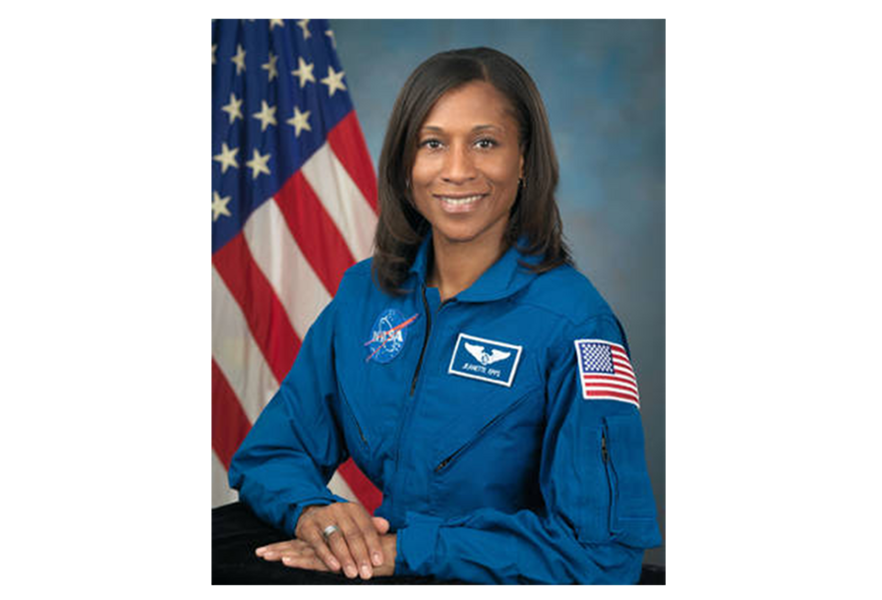Jeanette Epps set to become first African-American astronaut on ISS Expedition crew
Loading...
If all goes according to plan Jeanette Epps will become the first African-American crew member on the International Space Station since the satellite launched two decades ago.
NASA announced last month that Epps and veteran astronaut Andrew Feustel would be the space agency’s newest members on ISS expeditions in 2018. Dr. Feustel is scheduled to take off in March 2018, serving as a flight engineer on Expedition 55 before becoming the commander of Expedition 56. Epps is slotted join him in March 2018 as a flight engineer on the latter expedition and then to remain onboard for Expedition 57.
Epps will be the first African-American to serve on an ISS expedition, but many African-American women before her have contributed to the success of the NASA program, in a variety of roles. Their contributions, long unheralded, are just now starting to be recognized.
In the 1950s, women like Katherine Johnson, Mary Jackson, and Dorothy Vaughan – whose story was recently told in the movie “Hidden Figures,” released on January 6 – joined the brains behind NASA as "human computers." Coming on board after jobs for black candidates at the agency were opened to women, they at first struggled to gain recognition for their work. Yet the women persevered, performing the complex calculations necessary to send spacecraft into orbit.
Over the course of her 33-year career with NASA, Ms. Johnson influenced every major space program. In November 2015, she was honored with the Presidential Medal of Freedom for her contributions to the agency and to the field as a whole.
Although Epps will become the first African-American woman to join a long-term expedition on the ISS, others have boarded it, including astronaut Stephanie Wilson. The first African-American astronaut to visit that station was Robert Curbeam, in 2001, according to Scientific American.
Epps, the latest African-American woman to write her story at NASA, holds a doctorate in aerospace engineering from the University of Maryland. As a graduate student, she was a fellow in NASA’s Graduate Student Researchers Project, which aims to increase the numbers of students pursuing advanced degrees in STEM (science, technology, engineering, and mathematics) fields.
There are a host of other NASA programs designed to increase access to NASA by historically underrepresented groups. Female NASA employees – including Peggy Whitson, the first woman to command the International Space Station – have a website sharing their experiences as women in the field, while the agency itself gives grants to colleges that train underrepresented STEM students.
After two years in a research lab, Epps was recruited by the CIA, where she spent seven years as a technical intelligence officer before returning to NASA. She joined the agency as an astronaut in 2009.
Just as the pioneering work of women like Johnson paved the way for Epps to be an Expedition member on the ISS, the contributions of Epps and her peers may help set NASA up for its next generation of pioneering and exploration.
"The big thing that I want people to take away from a movie like that is that you can contribute to human exploration of space. You can be the next Katherine Johnson," she told New York Magazine in an interview earlier this month. "The fact that everyone was contributing, and doing their work with excellence, shows why it’s important to look at what you love to do and assess how you are contributing."






